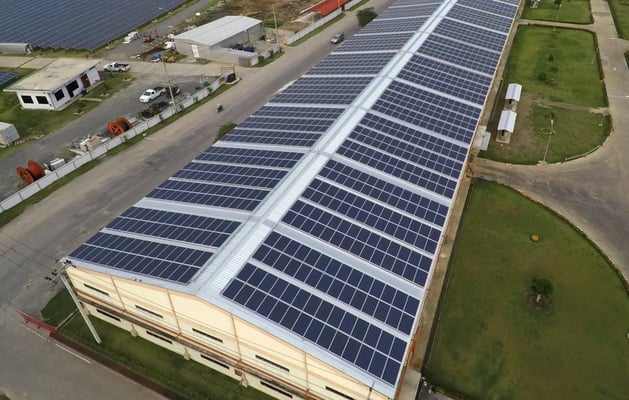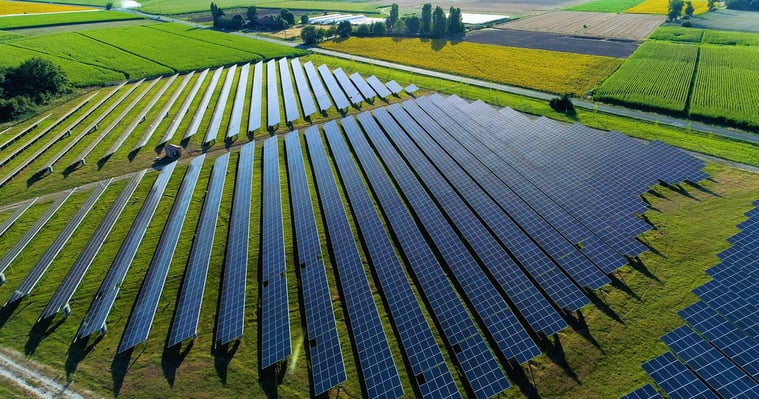The Federal Tax Credit for Solar Power Has Dropped to 26%

Since January 1, 2020, the federal tax credit for solar power systems in the US has been reduced from 30% to 26%. Installing solar panels will continue to be a good investment, especially in places with expensive electricity. However, the federal tax credit is being reduced gradually from 2020 to 2022. This means the net cost of solar PV systems will increase, even if the sales price continues to drop. A drastic reduction in photovoltaic system prices would be required to compensate for not having the 30% tax credit.
In the case of New York City, there is now a legal requirement to install solar panels in new roofs and existing roof expansions (Local Laws 92 and 94). If you are considering a roof expansion in the short term, the 26% federal tax credit can help you meet these laws at a lower cost. A green roofing system can also be used to meet these laws, but solar power is the best option from a financial standpoint.
Make sure your new roof meets Local Laws 92 and 94.
If you are considering solar panels for your home or business, keep in mind that the federal tax credit drops to 22% in 2021, and only a 10% credit for businesses will remain in 2022. By speeding up your project, you can take advantage of the 26% incentive before it drops further.
How the Federal Tax Credit for Solar Power Works
The federal tax credit reduces the net cost of a solar power system, but it does not provide a cost deduction upfront. The owner assumes the full cost initially, minus any cash rebates locally available. Then, 26% of the project cost can be claimed as a tax deduction on the next declaration. If the solar tax credit is higher than the federal taxes owed, whatever is left of the credit can be carried over to the next year. The official name of the incentive is the solar Investment Tax Credit, or ITC.
Some states such as New York also have a state tax credit for solar power, which is applied independently from the federal tax credit. However, if any rebates have been received, the state tax credit is also calculated with the net amount after rebates. The duration of state tax credits is determined by local authorities, which means the benefit is not affected by the gradual phaseout of the federal tax credit.

When a solar power system includes batteries, they can also be covered by the tax credit. However, this only applies if they get at least 75% of their charge from solar panels. Also, the tax credit percentage for batteries is based on their solar power charging percentage.
- A battery system that is fully charged by solar panels gets the full federal tax credit of 26%.
- On the other hand, a battery system that gets 75% of its charge for solar panels only gets a federal tax credit of 19.5%. This is the result of multiplying 75% and 26%.
- For any battery system with a solar charging percentage between 75% and 100%, the tax credit is multiplied by the charging percentage.
- Battery systems that get less than 75% of their charge from solar panels are not eligible for the federal tax credit.
The federal tax credit is based on the date on which you start installing the solar power system, not the completion date. This means you can get the 26% tax credit by starting the project in 2020, even if the installation is not completed this year.
The tax credit reduction between 2020 and 2021 will also be 4%, leaving the benefit at 22%. This means that any solar power projects that don’t start in 2020 will still get a significant tax deduction. However, waiting for 2022 is not recommended: the incentive disappears completely for residential projects, and it drops to only 10% for commercial projects.
Federal Tax Credit for Solar Installations that Use Loan Financing

Solar power systems are excellent investments, since their service life is much longer than their payback period. Solar panels from high-quality brands last for more than 25 years, while their typical payback period is less than 8 years. In New York and other places with expensive electricity, solar panels can even achieve a payback period of less than 4 years.
In the long run, electricity from a solar power system is cheaper than electricity from the grid. However, the upfront cost of a photovoltaic system can be sizable, even when the long-term benefit is much greater. For this reason, many solar PV systems are installed by taking a loan, and the electricity savings to pay off the loan.
The federal tax credit is a benefit for the legal owner of a solar power system. If you use loan financing, you are still the owner even if you owe money to the bank. This means you can claim the 26% tax credit, and in fact the credit is very helpful to start paying the loan. On the other hand, if you lease a solar power system or if you sign a Power Purchase Agreement (solar PPA), the system provider is the owner. This means you cannot claim the federal tax credit in these cases.

Michael Tobias
Michael Tobias, the Founding Principal of NY Engineers, currently leads a team of 150+ MEP/FP engineers and has led over 4,000 projects in the US
Join 15,000+ Fellow Architects and Contractors
Get expert engineering tips straight to your inbox. Subscribe to the NY Engineers Blog below.

